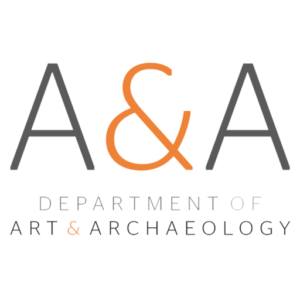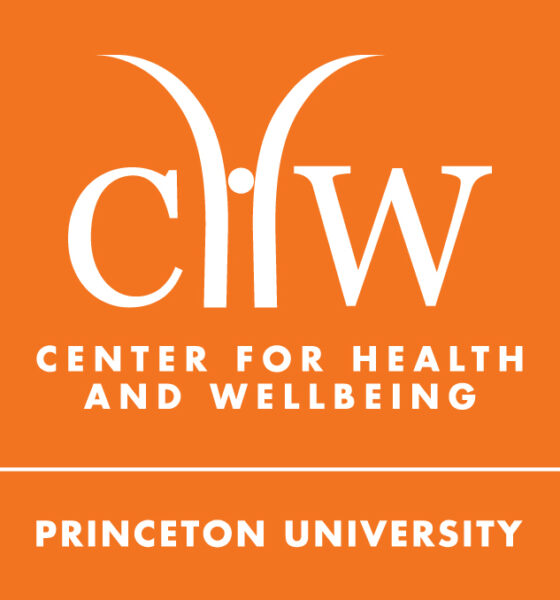About
What is Art Hx?
Art Hx was formed in 2020 to address how medicine, art, and race informed each other in the British Empire. We wanted to create a space where these histories and their contemporary legacies could be discussed together. We are collaborative and research focused, we are a digital platform, and we offer a space for conversation and engagement between people from different fields of expertise and interests.
What does Art Hx mean?
Hx is a clinical abbreviation used in health professions to represent “history.” So our title – Art Hx, literally Art History – illustrates the close connections between art, colonial histories, and medicine.
What does art have to do with it?
Art Hx centralizes the importance of visual sources, recognizing that their aesthetics were also tools of empire. Art activates, and acts upon, its environments; it opens up the past. It reveals important transhistorical and transregional connections, and it can focus our attention—in unexpected ways—on the impact these intertwined histories of colonialism and medicine have on how we see and value each other today.
And the glitchy font used for the logo?
We’re glad you asked. One of the most common typefaces used to circulate medical knowledge in the eighteenth and nineteenth centuries was Caslon, a typeface that remains popular for its readability. But our logo uses “Pathologized Caslon,” a font Bhavani Srinivas, a member of the Art Hx team in 2020-21, designed with an inbuilt ‘blip’ using a scanner, an important tool for copying and circulating information in our contemporary institutions. By distorting the semibold weight of Adobe Caslon, designed by Carol Twombly, Bhavani created a typeface that reminds us of this dissonant history. So, the logo’s typeset visualizes our aim. Art and visual culture were integral to the production and circulation of colonial and medical knowledge.
So what does Art Hx do?
We have created a digital platform that presents object-based narratives authored by members of the Art Hx Team, as well as by our Interpretive Fellows and other contributors. These narratives offer stories and perspectives that allow site visitors to see and conceptualize the histories of these objects anew. Contributions are nested under one or more of our three core frameworks: Cultivating Care, Medicalized Space, and Pathologies of Difference. Cultivating Care considers the many meanings of care in the practice of (historical) interpretation and the practices of health and medical treatment. Medicalized Space focuses on the ways medicine as a field of knowledge was used to interpret, categorize, and circulate meanings about humans and their environments. Pathologies of Difference maps the ways medicine and race shaped colonial expansion and traces their impact on perceptions of racial difference, disease, and health today. Art Hx is also informed by 35 project themes, such as Architecture and Design, Epidemics, and Scientific Racism; these themes provide additional information about the content on the site.
Our Artist-in-Residence also contributes works that are displayed as a digital exhibition on the site.
Finally, we host several public events throughout the academic year.
We are always open to new contributions and collaborations! If you would like to participate or work with us, please be in touch.
How do we use the site?
Please explore the site, read the authored contributions, and watch the event recordings. If you’d like to make use of any of our resources for teaching or your own research, please do, and let us know. We have provided citation information at the bottom of every contribution. We also provide image copyright information and links to the collecting intuition. More content is coming soon!
We have also indicated when images on the site are in the public domain and free to use, republish, and modify. However, we cannot grant or deny permissions for the images on this website. If you require further permissions information or higher resolution images, you may contact the institutions and artists directly using the links and information we have provided.
We’d love to hear your suggestions and contributions too.
Credit
Art Hx is led by Professor Anna Arabindan-Kesson and Jessica Womack.
Art Hx is sponsored by the following Princeton centers, departments, and funds: the Center for Health and Wellbeing, the Department of Art & Archaeology, the Humanities Council, and the Dean for Research Innovation Fund for New Ideas in the Humanities.




